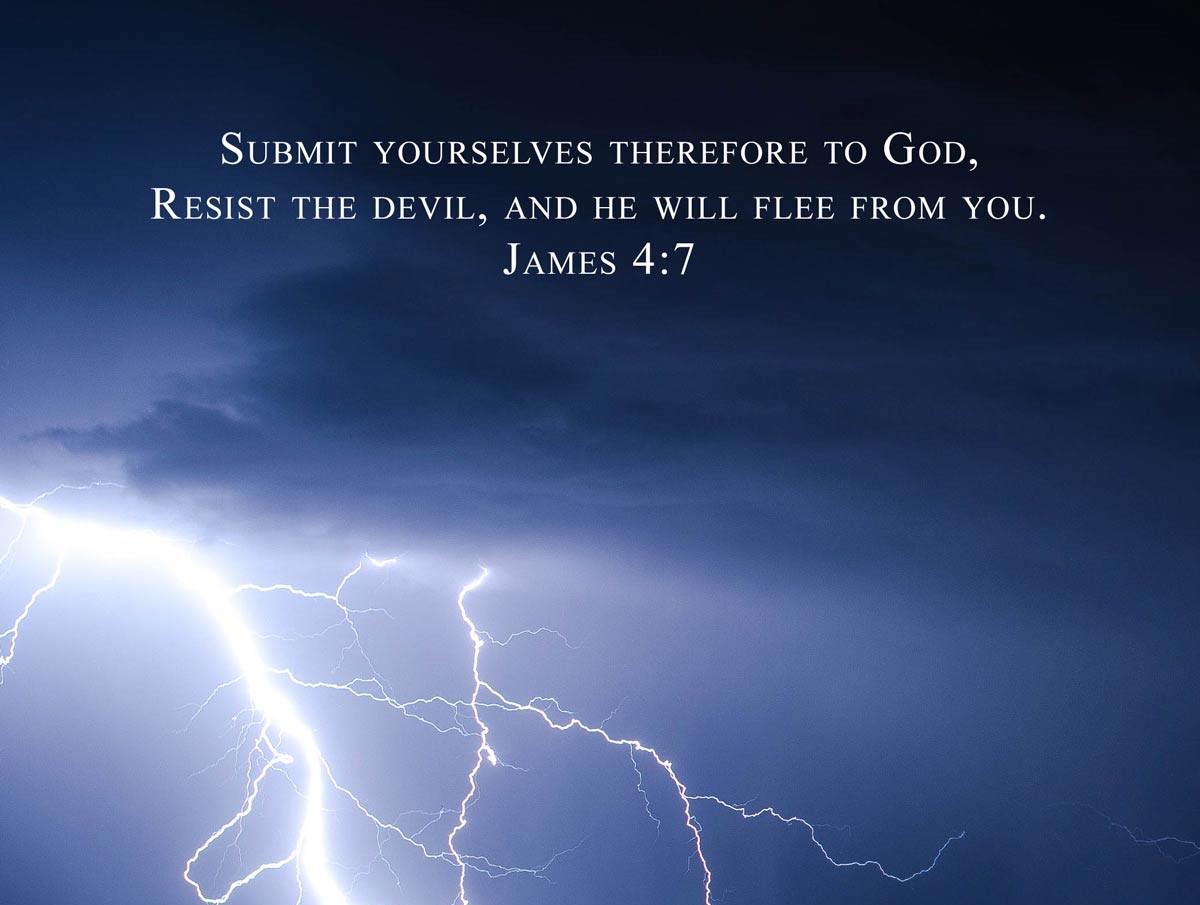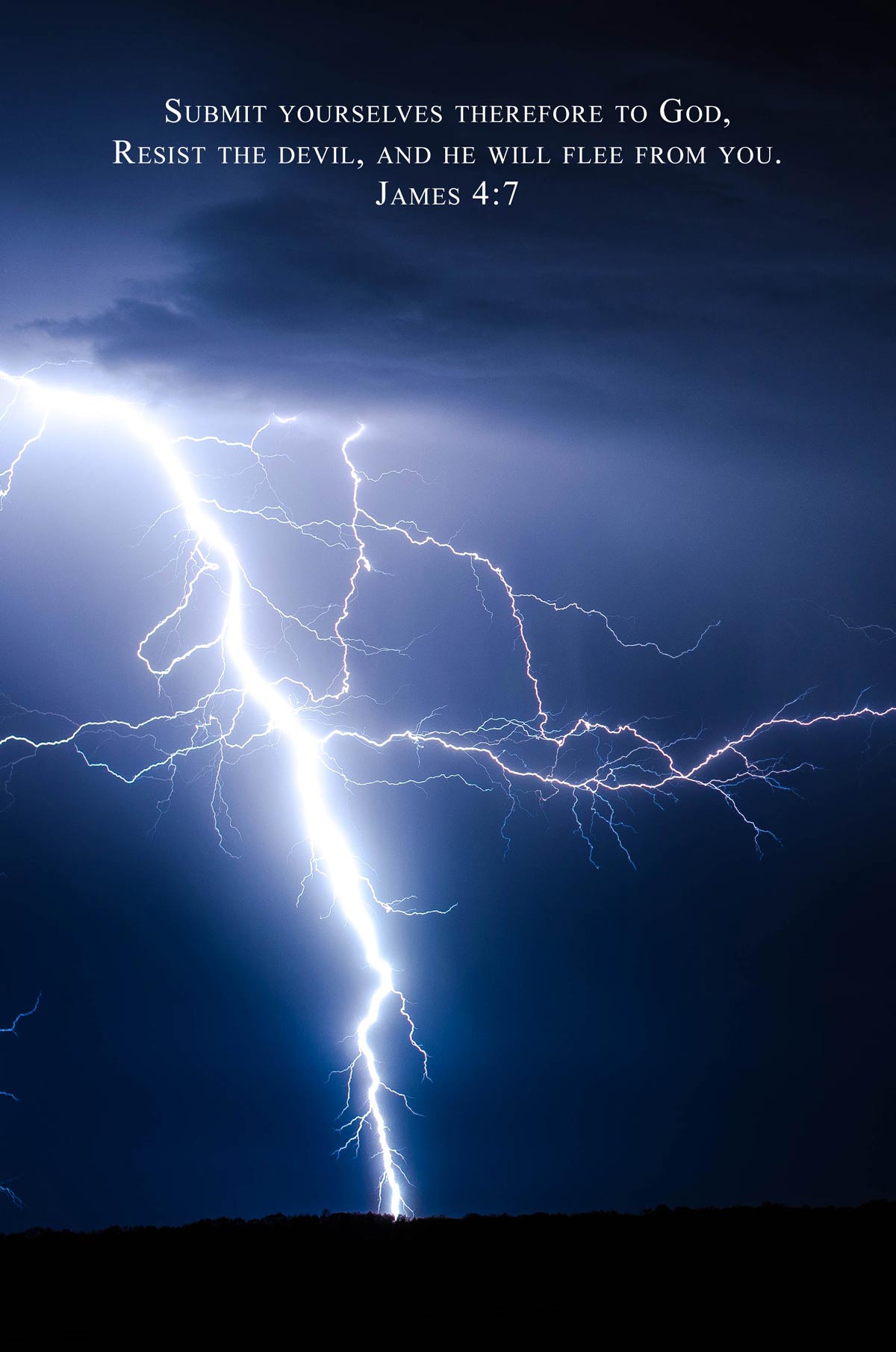There is wide interest today in the topic of exorcism. Numerous books and news stories have helped to fuel this. Another reason for the interest is that as our world becomes more secular, families disintegrate, the outright celebration of sinful practices spreads, and there is an increase in psychological trauma, bondage to sinful drives, and openness to demonic influence.
An entire generation of priests were taught to distrust the traditional understandings of trauma and dysfunction, which gave significant weight to spiritual causes. These priests were often trained to view most such things as merely psychological in nature. Thus, parishioners were often sent off on a recommended course of psychotherapy without so much as a prayer being said.
The tide is turning back to a more balanced approach. Catholics are rightly asking for spiritual help along with other approaches (e.g., psychotherapy, psychotropic medicines). However, it must be said that some of the increasing number of people requesting the formal Rite of Exorcism manifest a misunderstanding of that rite as well as a lack of knowledge about other avenues of healing.
Demonic possession remains rare and that is what the formal Rite of Exorcism is meant to address. Most people who present themselves (or someone they love) to the Church are not in fact possessed by the devil or demons. There may be obsession, oppression, or torment at work, along with psychological trauma, and other more natural sources of struggle.
For people who are not possessed, what is needed is deliverance, not exorcism.
What is deliverance? Deliverance is prayer and ongoing ministry that uses numerous approaches to bring healing and wholeness to those who, after baptism, have come to struggle significantly with bondage to sin and sinful drives, the influence of demons, or the effects of psychological and/or spiritual trauma.
Deliverance involves taking hold of the full freedom that God is given us, of helping the faithful who struggle to lay hold of the glorious freedom of children of God (cf Rom 8:21). St. Paul says that the Father has rescued us from the power of darkness and has brought us into the kingdom of his beloved Son, in whom we have redemption, the forgiveness of our sins (Colossians 1:13 – 14).
There is also a magnificent passage in the Acts of the Apostles in which St. Paul is told of his mission to the Gentiles by the Lord: I am sending you to [the Gentiles] to open their eyes and turn them from darkness to light, and from the power of Satan to God (Acts 26:17–18).
Fundamentally, this is a description of the ongoing work of deliverance, which the whole Church must accomplish for God’s chosen people. Deliverance seeks to take people out from under Satan’s power and place them under the authority and Lordship of Jesus Christ, to bring people to, or restore them to, their true identity as sons and daughters of God.
Even after baptism, it is possible that we open doors to Satan enabling him some degree of access to our heart and mind. When this is the case, a Christian, working with clergy and fellow believers alike, must take a stand against the schemes of the devil by repenting of sin and renouncing any form of agreement with the deceptions of the enemy.
So, deliverance first involves coming to an understanding of the tactics of the evil one and recognizing the flawed thinking that often infects our mind. It involves coming to know and name these tactics and the deep drives of sin within us. It involves repenting of them and steadily renouncing their influence so that we come to greater serenity, peace, and healing—to deliverance.
The general deliverance we all need is effected in many ways: by the Word of God proclaimed and devoutly read; through the frequent reception of sacraments of Holy Communion and confession; through spiritual direction; through the experience of the Sacred Liturgy, praise, and worship; through authentic, close fellowship with other believers; through personal prayer; and even through good psychotherapy (when necessary).
For those who are suffering acutely from oppressions (and most of us do at some point on our spiritual journey), a more focused deliverance is often needed. It is usually called “deliverance ministry,” which often involves both clergy and lay praying with those who struggle and offering support and encouragement. It is different from major exorcism in two ways. First, it focuses more on the person than on the demons. There may be some minor exorcistic prayers directing demons to depart, but overall deliverance ministry involves praying with and for the one afflicted helping him identify issues and lay claim to the graces God is offering. Second, it is gentler, and the person and those who pray for him are encouraged to pay little attention to any unusual manifestations such as shuddering or shaking, which sometimes occur in the course of deliverance and healing ministry. Deliverance ministry seeks to broaden healing to the large number of people who need healing and deliverance, who may be going through a crisis, a transition, or just a difficult time; who may be oppressed but are in no way possessed.
Major exorcism, in contrast, is a fierce combat directed against demons. There is nothing gentle about it, and like major surgery it is invasive and wrenching. It should only be used for those who are definitely possessed, as determined by a skilled and appointed exorcist who looks for required evidence and has eliminated other lesser or natural causes.
Most often, deliverance takes time and involves a multidisciplinary approach. Most people just want relief, but God is in the healing business; healing takes time, courage, prayer, patience, and waiting for the Lord. It is linked to uncovering and naming sinful drives and distorted thinking, which provide doorways for the devil to rob us of our freedom. God proceeds very delicately and deliberately in these matters. Healing takes courage and God often waits until we are ready.
So, while recent interest in exorcism is encouraging, we must be careful not to focus too much on what is rare (demonic possession), overlooking what is often more necessary and applicable to most cases: deliverance prayer and ministry.
Here a few resources I would recommend:
Two excellent books on deliverance have been written by Neal Lozano:
Unbound: A Practical Guide to Deliverance
Resisting the Devil: A Catholic Perspective on Deliverance
Here are some deliverance prayers that I and others in this work often pray with the faithful, encouraging them to pray with others as well: Deliverance prayers.
Submit yourselves, then, to God. Resist the devil, and he will flee from you (James 4:7). I am a witness.
Cross-posted at the Catholic Standard: Exorcism or Deliverance?





